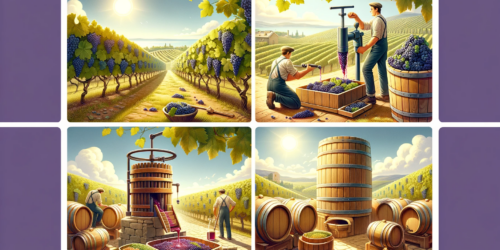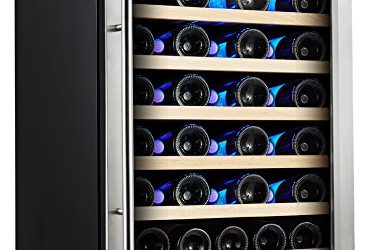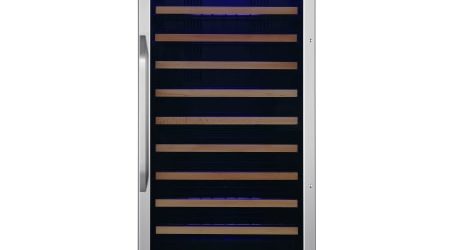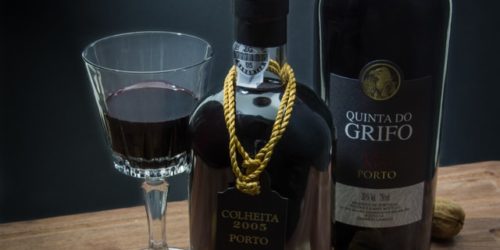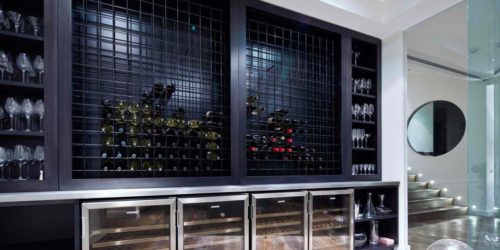Keeping one eye on the Fine Wine Market
Investment markets are seldom uneventful and the fine wine market, although relatively reliable, is no exception. Last week saw a small dip in the market, with Liv-ex reporting that its Fine Wine 50 Index, which measures the performance of First Growths, showed that the First Growths were falling out of favour with buyers, accounting for only a quarter of total trade. Nonetheless, looking beyond First Growths, a different trend was apparent. And this is a trend that should encourage first time buyers rather than weaken their confidence in the market.
The market showed that buyers are looking to invest in other wines – Second wines of the top chateaux, fine Sauternes, and second to fifth growths. If this trend continues, it indicates a very positive move for the new investor. Few of us will dive in at the deep end as a new investor and the prohibitive prices of first growths can be off putting for those of us who are just dipping our toes in the water. But that means we are largely investing in wines we are not so familiar with – Chateau Latour is a well known name but how many newcomers have heard of Cos d’Estournel or Gruaud Larose? Well, if buyers worldwide continue to snap them up the way last week’s figures suggested, it won’t be long before these names roll off the tongue just as easily as their more famous Bordeaux counterparts.
So how should we, as investors, react to such a decline? Well, firstly, we shouldn’t be worried. Any investment market will have peaks and troughs, and many of them can be explained away by what is happening in the world economy, or the political situation in a particular country. Take advantage of the small dip in the market to invest boldly in some of the emerging superstar wines of Bordeaux. Just because Chateau Lafite seems to have temporarily lost favour with the Chinese, they have not turned their back on Bordeaux. Far from it. The fine wine market is still being discovered, and with time comes knowledge and the desire to look beyond what is familiar, beyond the famous names that initially ignited their love affair with Bordeaux.
It is a time for investors in the UK, as well as consumers in the Far East, to familiarise ourselves with the emerging wines in order to be ‘in the know’ so that we can buy wisely for the future and with any luck, begin to spot the wines that the Chinese are starting to gravitate towards before their prices begin to increase. And remember, long before the Far East emerged as an important market, wine was already an important commodity that was traded globally yielding substantial rewards for its investors. It is an exciting time to get involved, and knowing what to buy as well as when to sell it is still the key to success. Keep one eye on the market, and the other eye on the cellar, and you won’t go far wrong.

